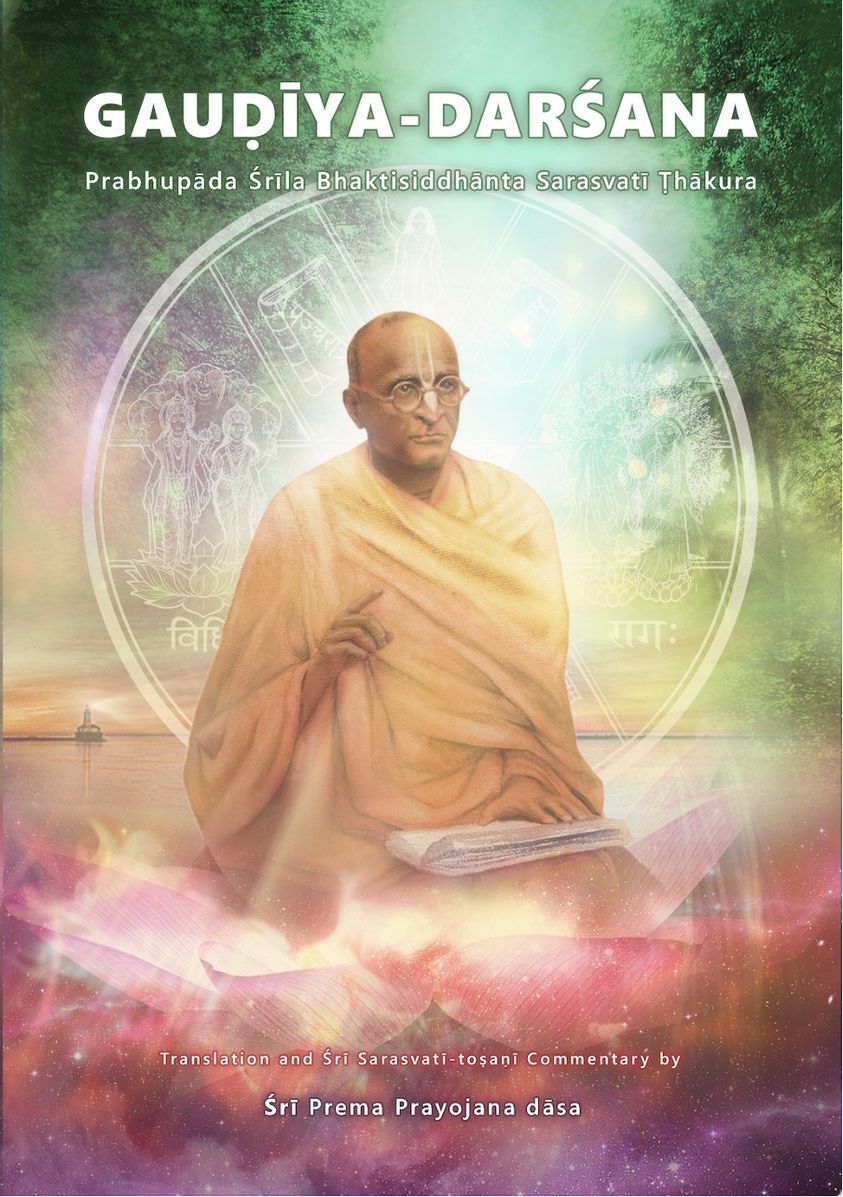First evidence of brain surgery in Bronze Age Harappa
We report here the first unequivocal case of ancient brain surgical practice, known as trepanation, observed ~4300 years agoin a Bronze Age Harappan skull. A decade ago, a Neolithic skull from Burzahom in the Kashmir Valley was reported with multiple trepanations as the first case from the Indian subcontinent. The trepa-nation, also called trephination or tre- phining, had been the oldest craniotomic surgical procedure practised by mankind since the Stone Age by way of
drilling or cutting through the skull vault of a living or recently deceased person. It was first noticed in Peru and later in Europe as well around 5000 years ago, and thought to have spread to Asia ~4000 BP in the Bronze Age Jericho of Palestine.
 Most scholars noticed striking similarities in trepanation techniques across the continents, and therefore consider it as an important evidence for prehistoric movements of people and for transfer of surgical skills from one society to another. Presence of trepanation in the Indus Civilization was suspected about four decades ago on a child’s skull from Lothal and on Harappan and Kalibangan skulls, but not ascertained, except those on the Burzahom skull. The present study confirms and reports the occurrence of trepanation in one Harappan male skull (H-796/B; Figure 1) kept in the Palaeoanthropology Repository of the Anthropological Survey of India, Kolkata. The trepanated Harappan skull has come from Cemetery H, which contained crude red ware but not typical Harappan ceramics. The lower Stratum II (H2) of Cemetery H formed about two dozens of the extended burials with the heads facing eastwa rd and the knees flexed, whereas the upper Stratum I (H1) contained pot/jar/urn burials with skullsand a few long bones along with red ware.
Most scholars noticed striking similarities in trepanation techniques across the continents, and therefore consider it as an important evidence for prehistoric movements of people and for transfer of surgical skills from one society to another. Presence of trepanation in the Indus Civilization was suspected about four decades ago on a child’s skull from Lothal and on Harappan and Kalibangan skulls, but not ascertained, except those on the Burzahom skull. The present study confirms and reports the occurrence of trepanation in one Harappan male skull (H-796/B; Figure 1) kept in the Palaeoanthropology Repository of the Anthropological Survey of India, Kolkata. The trepanated Harappan skull has come from Cemetery H, which contained crude red ware but not typical Harappan ceramics. The lower Stratum II (H2) of Cemetery H formed about two dozens of the extended burials with the heads facing eastwa rd and the knees flexed, whereas the upper Stratum I (H1) contained pot/jar/urn burials with skullsand a few long bones along with red ware.
The cause of trepanation in the Harappan skull could be understood in the light of similar cases elsewhere. Scholars argued for different motives for trepanations in different regions and societies of the world, but a majority consider most of these as definitely surgical operations of therapeutic use either for repairing a fracture of the skull resulting from blows of sticks or stones, or to remove splinters and clotted blood, or alleviate persistent headaches. In South America and the Mediterranean region alone more than half of the Iron Age trepanations were practised on traumatic crania by the similar techniques of boring and cutting. In addition, there were trepanated surgical cases intended to get relief from certain intracranial vascular catastrophes, otitis
media, mastoid inflammation, vertigo, neuralgia, coma, delirium, meningitis, convulsions, epilepsy, intracranial tumours,mental diseases, and syphilitic lesions in Peru. Interestingly, trepanations are still practised by the traditional medicine-men in Bolivia
for head injuries, and in Melanesia in certain cases of headache, epilepsy or insanity, and also to enhance longevity. There were also cases where posthumous trepanations were performed to obtain roundels of human skull bone for making necklace as charms or amulets to ward off the evil spirits or as a talisman to counter the demons. Some scholars thought that the Burzahom multiple trepanations done for roundels, but this proved an error of diagnosis of the trepanation since in parietal osteoporosis, the normal bone shelves into a thinned area which is extremely fragile and breaks down post-mortem, for one reason or another, leaving an opening with a more or less bevelled circumference and apparently healed.
The Harappan case is clearly of a cranial trauma visible on the parietals as a horizontal linear depression with cracked margins, probably resulting from a severe blow using a strong wooden stick. The trephined hole is just on the right superior temporal line at the terminus of the traumatic line. A clear rim of 3 mm width at the internal border of the hole is the evidence of osteogenesis or healing, indicating that the victim survived for a considerable time after the operation. Thus, trepanation was practised as a common means of surgery during the Bronze Age in the Indian subcontinent, which could have been a precursor to the later Ayurvedic surgical practices followed in ancient India as well.
Sankhyan, A. R. and Weber, W. H. G.,
Int. J. Osteoarchaeol
References and copyright
http://www.currentscience.ac.

 Posted in
Posted in 








